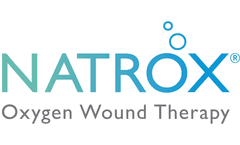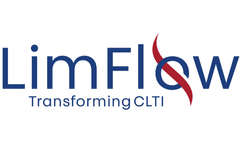Wound Therapy Articles & Analysis: Older
8 articles found
NATROX Oxygen Wound Therapy established a normal healing trajectory in this previously non-healing wound. Although the wound had been static for 6 months, in just 5 weeks complete wound closure was ...
In this non-healing amputation wound case study, NATROX® Oxygen Wound Therapy helped stimulate the wound bed, thus promoting wound healing in just 8 weeks. ...
After 3 long years, this patient finally experienced pain relief in just 1 week using NATROX® Oxygen Wound Therapy. His wound fully healed in 15 weeks of treatment. This case supports the usefulness of NATROX® for home care settings and how the therapy radically improves patients' ...
NATROX® Oxygen Wound Therapy worked extremely well for this patient. The non-healing leg trauma wound responded favorably and resulted in very fast wound healing without compromising the quality of ...
Patient: 72 year old female with a traumatic wound on left shin Age of Wound: 180 days Medical History: Altered mental/mobility, dementia, aphasia, anxiety, tremors, HTN, osteoporosis, A Fib, edema Previous Treatment: Moist wound therapy, TenderWet®, Aquacel®, Santyl® Treatment: OxyGeni® set at 5-8 ml/hr using ...
Clean and debride the wound Ensure the wound is free of infection Make sure effective hemostasis has been achieved 2. ...
Outer dressings should: Have non-adherent properties against the sealing membrane Absorb mild exudate Maintain apposition with the wound bed Minimize shearing forces Outer dressings may: Be applied around limbs, compressed with crepe bandages Contain antimicrobial properties (silver dressings) Include splints over mobile areas to reduce movement Note: Silver ...
In terms of wound coverage, there are a few important factors to consider. First, what is the overall goal of the coverage and where on the foot is the wound located? Plantar wounds require more robust products for coverage than dorsal wounds. Are there anatomic structures needing coverage such as tendon, bone, or capsule? ...




